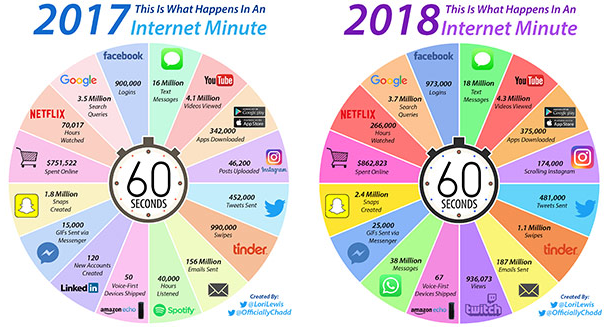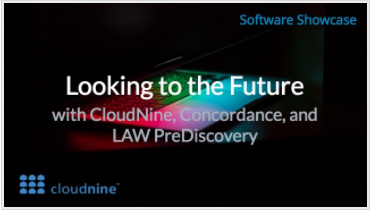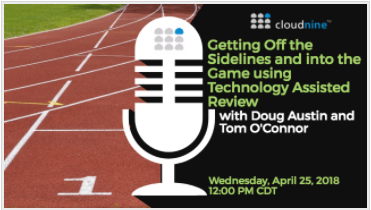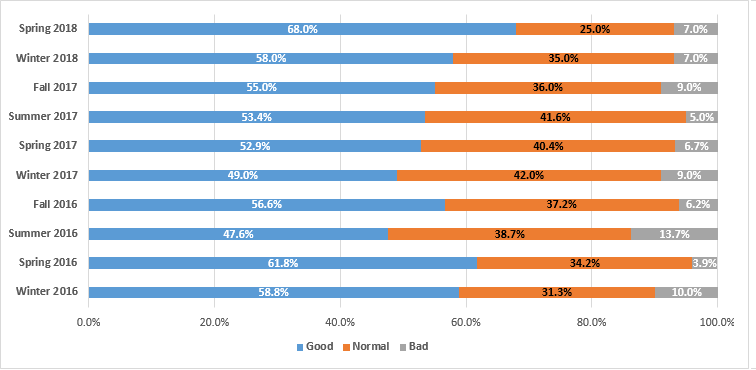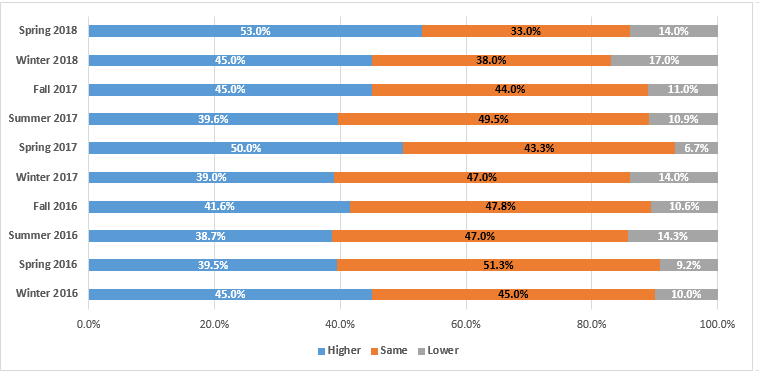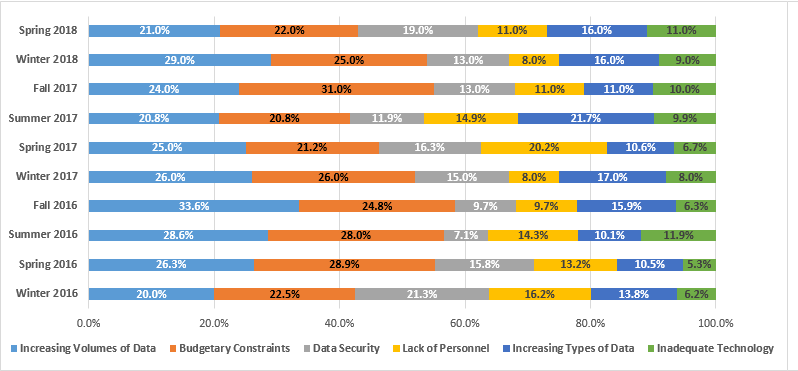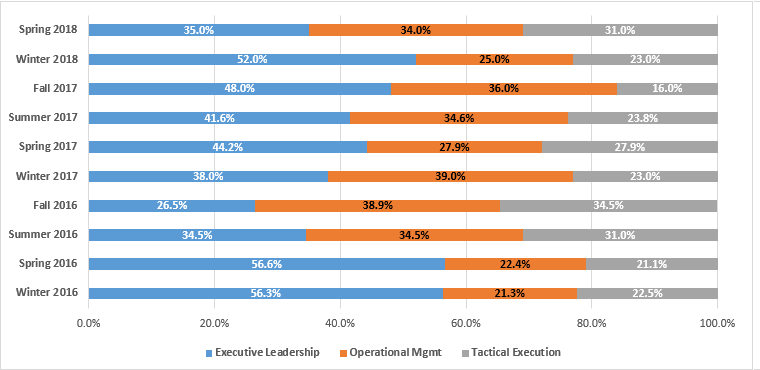It’s Not Too Late to Attend This Year’s EDRM Workshop at Duke: eDiscovery Best Practices
It’s hard to believe, but it’s almost time for another Spring EDRM Workshop meeting! For the second year, the 2018 EDRM Spring Workshop will be held at EDRM’s new home at Duke University Law School in Durham, North Carolina. So, what can you expect at this year’s meeting? Let’s take a look.
The Workshop will be held at Duke Law School at 210 Science Drive, Durham, NC 27708-0362 on Wednesday, May 23 through Friday, May 25.
Sessions will include working meetings and updates on the TAR guidelines project, the GDPR project, and a new project to revise the EDRM model(!), as well as sessions to launch new efforts to create a template for proportionality analysis and address issues in information governance. Project teams will meet during the afternoon of Wednesday, May 23rd; the general event will begin with a reception at 6 p.m. Wednesday and will conclude by noon on Friday, May 25th.
Believe it or not, you don’t have to be an EDRM member to attend. The conference fee is $650 for non-members; $500 for members (the fee covers meeting expenses and meals). Contact edrm@law.duke.edu if you are a member but have not received the discount code. If you’re a non-member, you can add an annual EDRM membership for just $50 when registering for the workshop, for a total payment of $700 for membership and workshop registration.
If you’re coming in from out of town, a limited number of rooms on a “first-come first-served” basis have been reserved at the Washington Duke Inn at the rate of $199.00 per night plus tax through May 7. You can also book your room online at this link: Duke Law EDRM 2018 Workshop.
I’ve been coming to EDRM Workshop meetings since the second year of EDRM’s existence in 2006 and last year was one of the best meetings ever! The Duke campus is beautiful and the meeting venue is first rate. I will be there again this year and so will several of my colleagues from CloudNine! For my recap of last year’s meeting, click here. Will we see you there?
So, what do you think? Do you plan to attend this year’s EDRM meeting? Please share any comments you might have or if you’d like to know more about a particular topic.

Sponsor: This blog is sponsored by CloudNine, which is a data and legal discovery technology company with proven expertise in simplifying and automating the discovery of data for audits, investigations, and litigation. Used by legal and business customers worldwide including more than 50 of the top 250 Am Law firms and many of the world’s leading corporations, CloudNine’s eDiscovery automation software and services help customers gain insight and intelligence on electronic data.
Disclaimer: The views represented herein are exclusively the views of the author, and do not necessarily represent the views held by CloudNine. eDiscovery Daily is made available by CloudNine solely for educational purposes to provide general information about general eDiscovery principles and not to provide specific legal advice applicable to any particular circumstance. eDiscovery Daily should not be used as a substitute for competent legal advice from a lawyer you have retained and who has agreed to represent you.




